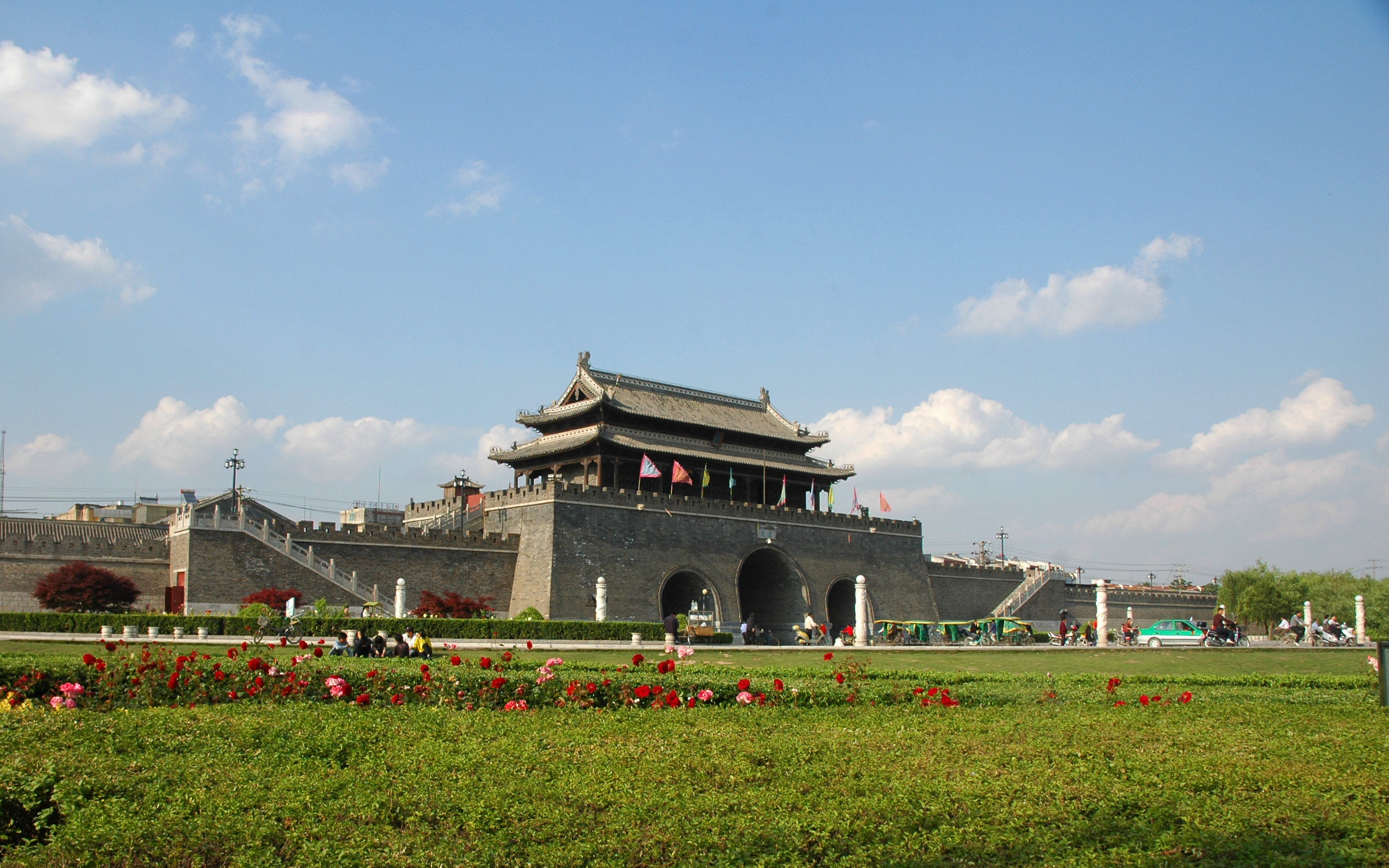Shouxian County

Shouxian County is located in the central part of Anhui Province, on the southern bank of the middle reaches of the Huaihe River, with an area of 2,948 square kilometers. There are 25 townships and 289 villages under its jurisdiction. It boasts 1.84 million mu of arable land, and 1.4 million people. In 1986, Shouxian County was listed as the second batch of national historical and cultural cities by the State Council. It is the home to Chinese calligraphy and a millennium-old county.
A cultural ancient city. Shouxian County, formerly known as Shouchun, Shouyang, and Shouzhou, has a civilization history of over 3,000 years. Zhoulai State, Cai State, Chu State, Huainan Kingdom, and Fuling State in the Eastern Han Dynasty and Yuan Shu successively established their capitals here. Shouxian is the birthplace of Chu Culture and tofu, the ancient battlefield of the Battle of Feishui River,as well as the birthplace of the first Party organization in Anhui ---Xiaodianji Special Party Branch.
Shouxian, known as an underground museum, boasts 6 key cultural relics under national protection and 12 key cultural relics under provincial protection. Anhui Chu Culture Museum collects 230 sets of national first-class cultural relics and more than 2,200 sets of cultural relics above the third class. There are over 500 existing cultural relics and historical sites, including representative ancient buildings such as Bao’en Temple, the first famous temple in Anhui during the Tang Dynasty, the Confucius Temple in Shouzhou during the Yuan Dynasty, and the largest mosque in East China during the Ming and Qing dynasties. Quebei, currently known as Anfengtang, built by Sun Shu’ao, the governor of Shouxian during the Spring and Autumn Period, ranks first among the four major water conservancy projects in ancient China and is the pioneer of irrigation projects in China. It is listed as World Heritage Irrigation Structure and an important agricultural cultural heritage in China. The book “Huainanzi” compiled by Liu An, the Prince of Huainan Kingdom during the Western Han Dynasty, covers all in the earth such as science, technology, literature, philosophy and medicine. It was the earliest book that systematically explained the 24 solar terms and is regarded as an encyclopedia of ancient China. Zhengyangguan Taige and Zhouge Dance and making tofu have been included in the national intangible cultural heritage list and 9 items such as making Shouzhou gongs and drums, and Zijin Inkstones have been included in the provincial intangible cultural heritage list. The ancient city walls of Shouxian have been selected as the candidate in the Ming and Qing dynasties for the World Cultural Heritage List.
Shouxian County has produced numerous outstanding talents including Huang Xie, the Lord of Chunshen, Liu An, the prince of Huainan, Zhang Yetang, the founder of Kunqu Opera, Sun Jianai, the imperial teacher of the Qing Dynasty, Zhang Shuhou, the iron pen writer, Zhang Huitao, the commander-in-chief of the Huaishang Army, Bai Wenwei, the founding hero of the Revolution of 1911, Gao Yuhan, the pioneer of the May Fourth Movement, Cao Yuan, the martyr of the Northern Expedition, Sun Daguang, the minister of the People's Republic of China, Jin Kemu, the renowned scholar, and Situ Yue, the master of cursive writing, who are the vivid embodiment of cultrue in Shouxian County.
It is an ecological leisure place. It is known for its many famous scenic areas such as picturesque Shouxian Ancient City Wall Scenic Area, Bagongshan Mountain, and Anfengtang Scenic Area. Shouxian County boasts water area of 460,000 mu and abundant resources, making it an advanced county in grain production in China. Historically, silver fish and tile shrimp produced in Wabu Lake, the second largest freshwater lake in Anhui Province, served as tribute. Local specialties such as Bagongshan tofu, Shouzhou Dajiujia Pancake, Shouzhou Vanilla, Shouzhou White Goose and intangible heritage products are well known. Shouxian has won the title of top 100 tourist and leisure cities in the Yangtze River Delta, and boasts two national 4A-level tourist attractions. It is one of the seven key tourist cities in Anhui Province. It has several millennium-old historical and cultural towns includingZhengyangguan, Yinxian, and Wabu.
It is a new pearl in Anhui. Shouxian County is located between the Yangtze River and Huaihe River, with prominent transportation advantages. Shouxian is seizing the opportunities of the integration of the Yangtze River Delta, the linkage area of China (Anhui) Pilot Free Trade Zone, and the Hefei Airport Economic Demonstration Zone to accelerate the integration with Hefei. Xinqiao International Industrial Park and Shushan Modern Industrial Park are adjacent to Xinqiao International Airport, serving as the bridgehead of the integration of the Hefei and Huainan and an important growth pole for Shouxian’s economic development. Hefei-Huainan-Fuyang Expressway runs through Huainan, Shangqiu-Hefei-Hangzhou High-Speed Railway connects the north and south, the Shouxian section of the water diversion project from Yangtze River to Huaihe River is officialy open to ships, and Wabu Lake Bridge links the east and west. Anhui Chu Culture Museum and Shouxian Cultural and Art Center stand high as new landmarks in the new urban area. The achievements of high-quality development in Shouxian will catch the world’s attention.